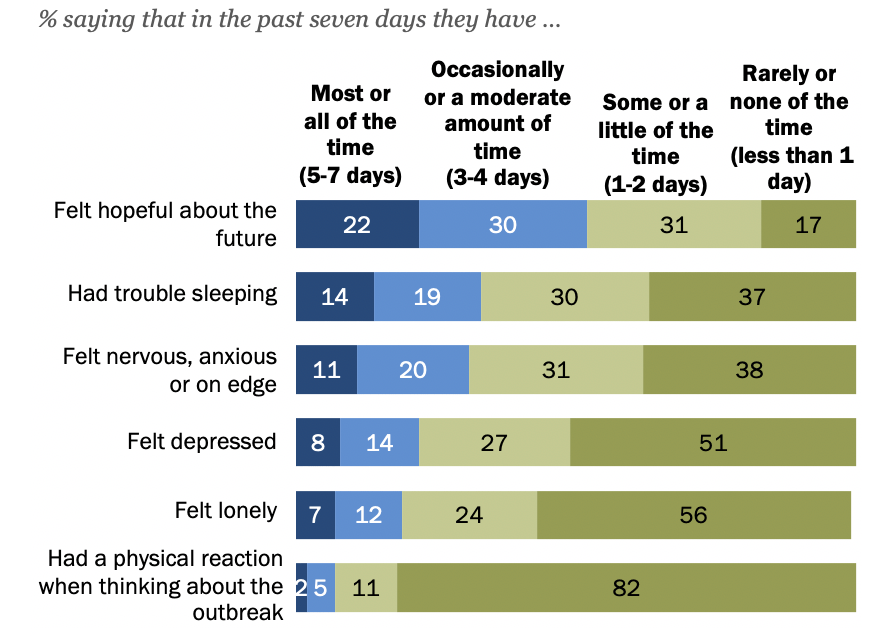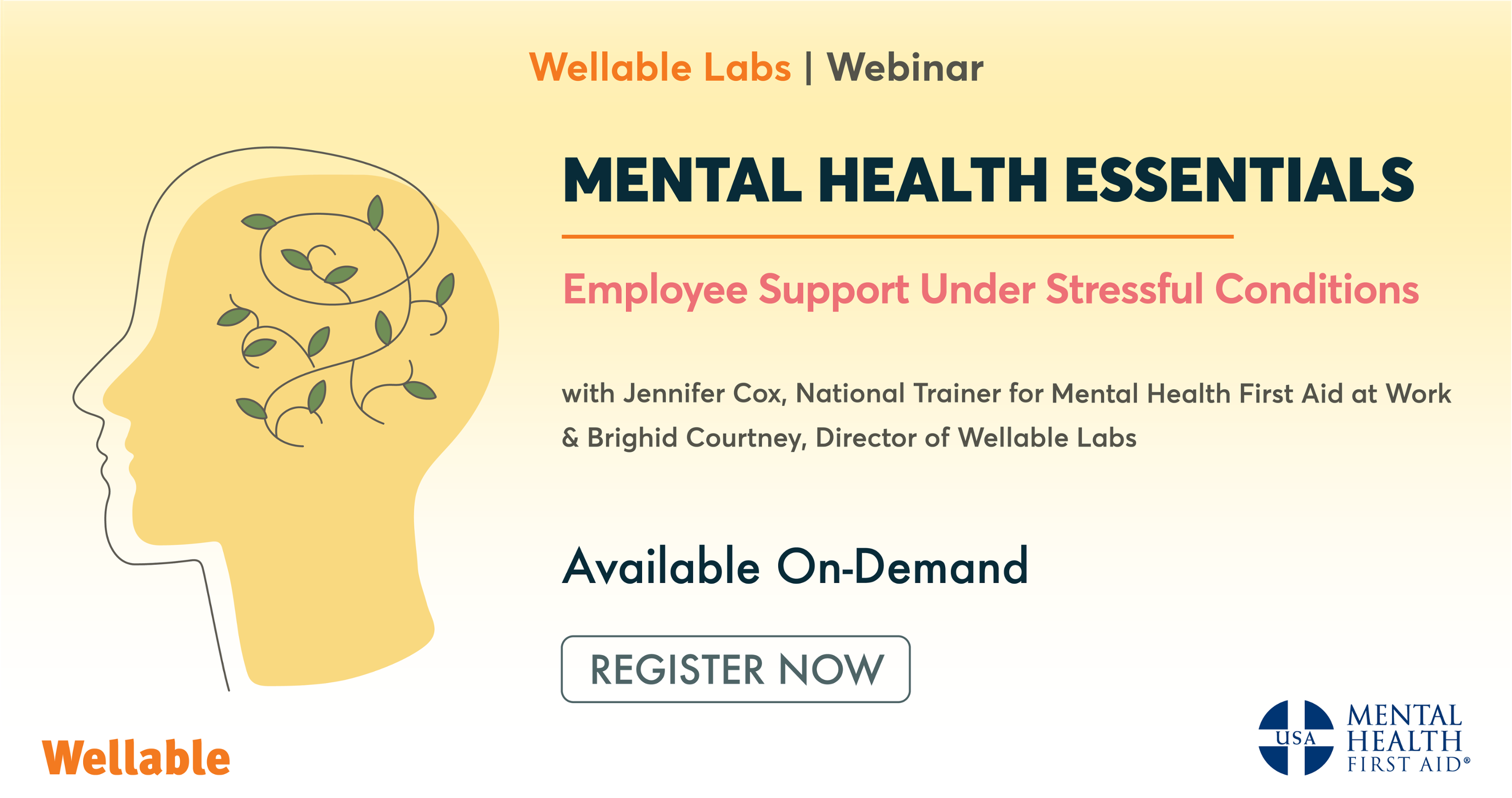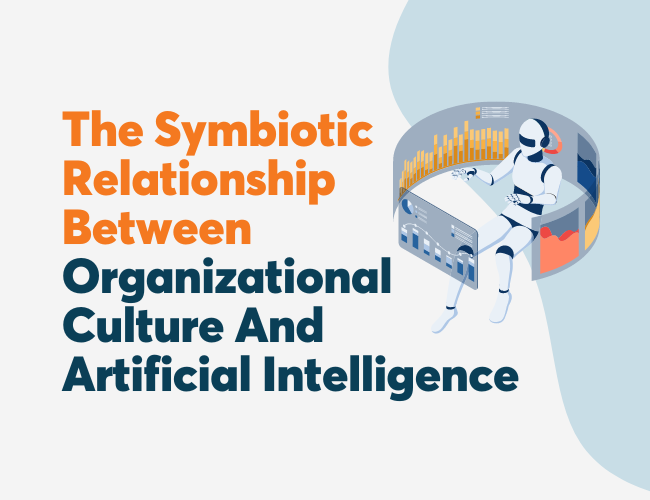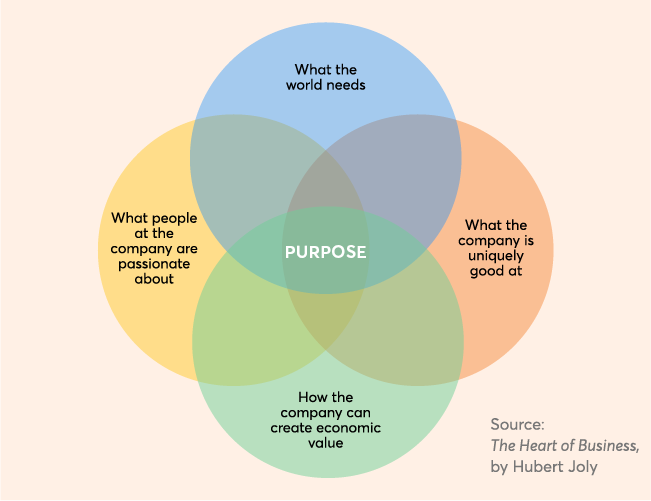Employee mental health reached a critical point this past year due to pandemic-induced stress from job changes, social isolation, school and care facility closures, health concerns, economic downturns, and an overall sense of uncertainty. Suddenly, employees that had never dealt with depression or anxiety before were faced with new and unfamiliar challenges. Many had no idea how to handle these stressors, especially with in-person treatment options restricted. While many companies have responded with added tools and resources including telehealth services and increased socialization efforts through virtual communication, statistics show that people continue to struggle.

Since March 2020, the Pew Research Center has conducted online surveys that include five questions relating to depression, anxiety, sleeplessness, loneliness, and physical symptoms of distress. The most recent results were conducted in February 2021 with data from over 10,000 US adults. Even as many places loosen restrictions and vaccine distribution has provided a “light at the end of the tunnel,” almost half of the participants (48%) report rarely or only sometimes feeling hopeful about the future. Twenty-eight percent say their lives have been changed in a major way by COVID. About a third (33%) report trouble sleeping all of the time or occasionally, and a similar amount (31%) say they felt “nervous, anxious, or on edge” during half or more of the week prior to taking the survey. Additionally, 22% reported feeling depressed and 19% felt lonely at least three days or more during the week. About 17% have a physical reaction at least “some of the time” to just thinking about the pandemic, such as trouble breathing, nausea, heart pounding, or sweating.

Researchers also used these responses to create an “index of psychological distress” with three categories: high, medium, and low. In the recent February survey, over a fifth (21%) of adults reported a high level of psychological distress. This is only a slight improvement of two percentage points less than the April 2020 survey. The index also reveals that certain demographics are experiencing higher rates of distress than others. Understandably, those who say that pandemic is a major threat to their personal financial situation or their personal health are experiencing high psychological distress at a greater rate (34% and 28%, respectively) than others. Particularly, those with a fear of needing hospitalization report high distress (27% compared to 12% that do not express that same fear).
Distress is also more common among young adults aged 18 to 29 (32%), especially women (36% compared to 27% of men), single individuals (35% compared to 23% of those who are married), and lower-income earners (39% compared to 25% of middle-income earners). This demographic includes people who are seeing their studies and initial pursuits within a certain industry being interrupted, and many of these individuals do not have significant life savings to handle unexpected financial disruptions nor a spouse with which to share these burdens.
Corporate Training Can Create A Compassionate Work Culture
Many employers responded to this mental health crisis by adjusting wellness benefits accordingly. A report from Gartner showed that 64% of employers added new wellness benefits, and 34% expanded access to existing offerings. Their data also showed that almost half (49%) of employees took advantage of these employer-provided mental health support or services.
Companies need to continue to support this area of employee well-being, as people are still struggling. While the benefits may be there, many more employees may not fully understand or feel comfortable taking advantage of certain offerings. This is where properly trained management can make a big impact on how much employees engage with their benefits as well as how comfortable or supported they feel within the company. In turn, it can provide some much-needed guidance and relief for any stressed-out company leaders that do not know how to handle or approach employees that are struggling.
To effectively provide support, managers need help identifying the signs of depression, anxiety, loneliness, and other mental or emotional struggles. Understanding company policies and benefits can also help them better advise employees and make employees feel more comfortable about seeking help or treatment.
While the pandemic put a spotlight on it, the need for greater mental and emotional support has been growing for years. The pandemic was a breaking point for many people that had only previously dealt with manageable bouts of stress or sadness that never required professional intervention. By creating a compassionate company culture with open and supportive leaders, employers can help keep employees from reaching that breaking point in the first place.













